Last Sunday was Earth Day, an annual celebration held every April 22. Begun in the United States in 1969, Earth Day is now a global holiday to raise awareness for environmental issues and encourage people everywhere to take action for a cleaner planet. At Dr. Craig Armstrong’s office, we recognize the importance of protecting our Earth and do our part to keep both it and our patients’ teeth healthy. In honor of Earth Day, we’ve dedicated the following blog to explaining how our dental office has gone green and how you can, too!
X-Rays for Earth Day
Radiography is key to proper dental care. Every few years, we will take x-rays of your mouth to assess for decay, jawbone structure abnormalities, abscesses (swollen pus-filled growths), oral cancer, and other dental health conditions. This process can reveal oral information invisible to the naked eye by passing x-rays through your mouth to generate an image. Traditional x-rays are developed on film using harsh chemicals. The plastic used in filmstrips often ends up in landfills, while the substances used to produce them can contaminate the ocean and other water sources when rinsed down the sink.
At our Houston dental practice, we provide digital radiography, using a digital sensor and camera to capture important information about your mouth. Once we take the x-rays, Dr. Armstrong can pull them up immediately on a computer screen without the unnecessary and harmful use of film. He can also zoom in or change the contrast on the images to get an even better look inside your mouth. These digital tools reduce radiation exposure by up to 90 percent, keeping both you and the environment safer.
Keeping Clean and Green
As part of your home dental care, it’s important to brush, floss, and use mouthwash. These products can help you fight decay and infection but unfortunately, they sometimes contain materials that can harm the environment. Make sure you read the labels to avoid the following contaminants:
- In toothpaste: Triclosan (a pesticide), potassium nitrate (which can hurt sea creatures in runoff), and parabens (which can disrupt animals’ hormones)
- In floss: nylon and petroleum, which do not break down well when thrown away, and Teflon, which can be toxic or even carcinogenic to humans and animals
- In mouthwash: dyes, petrochemicals (derived from fossil fuels), preservatives, and Thymol, an antiparasitic compound that can kill sea creatures
You should also try to use all of these items in moderation. You only need a thin coating of toothpaste, not a glob, on your brush to adequately clean your teeth. In fact, using too much toothpaste can interfere with brush’s ability to scrub away plaque and debris. Similarly, only pull out as much dental floss as you need, usually about six to eight inches, and use just the recommended dosage of mouthwash to rinse. In addition, when you’re shopping for oral hygiene supplies, try to find brands that use recyclable packaging. The box that encloses your tube of toothpaste could very well end up in a landfill, contributing to unnecessary waste.
Clean Your Teeth and Your Planet
This Earth Day, you can celebrate by preserving your oral health and your planet. Contact Craig Armstrong, D.D.S. to learn more about our green dentistry practices and environmentally friendly dental health tips.
